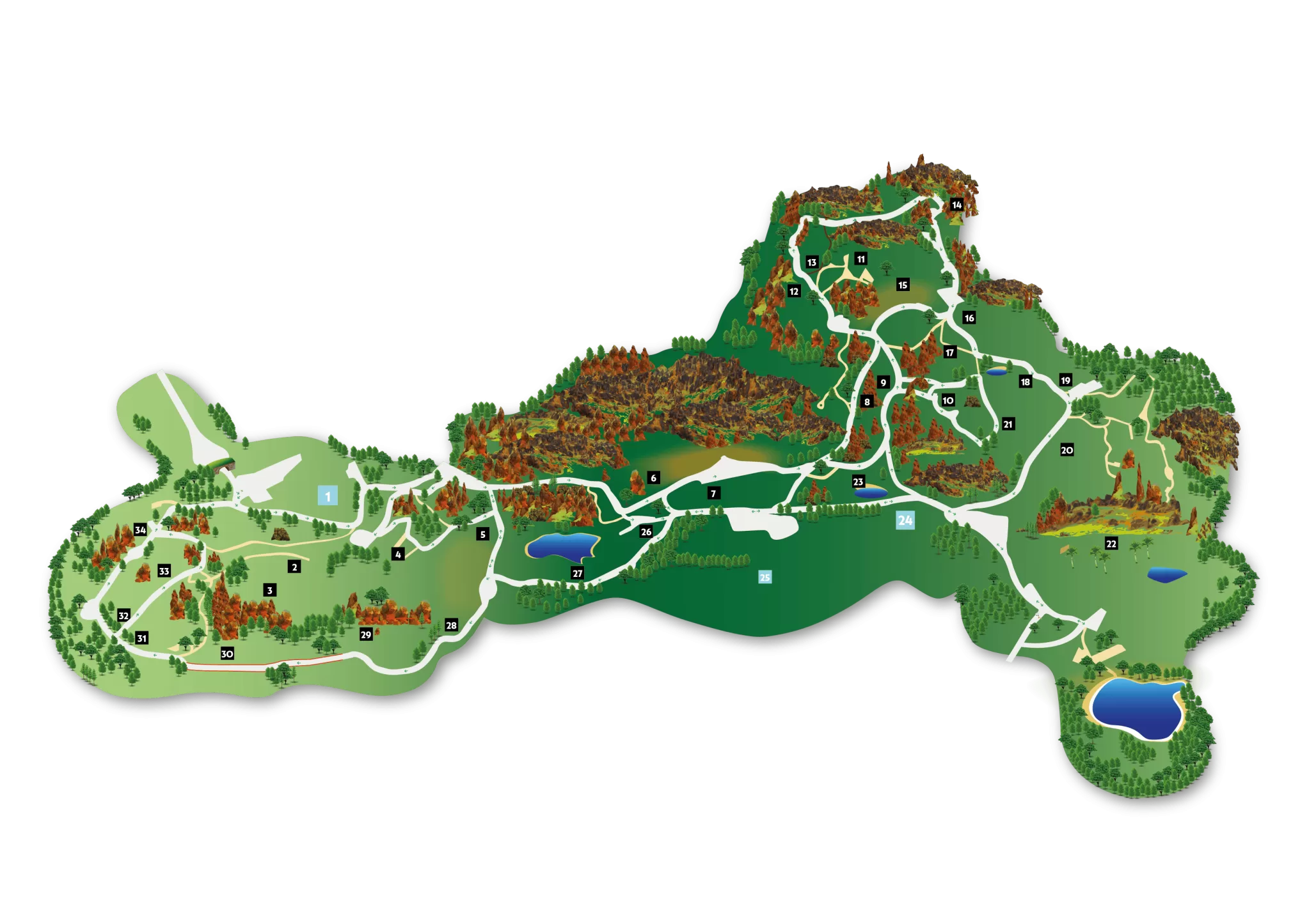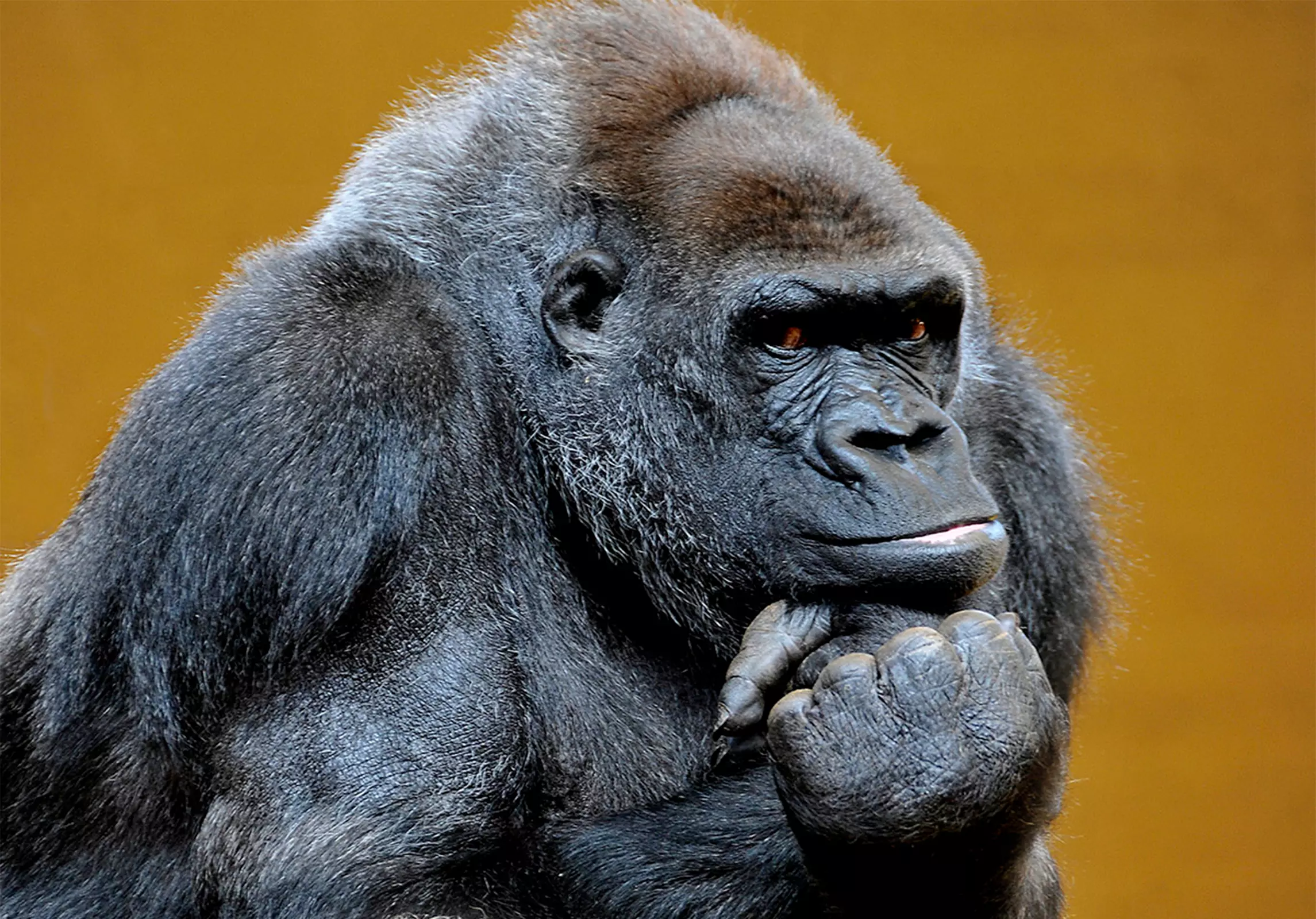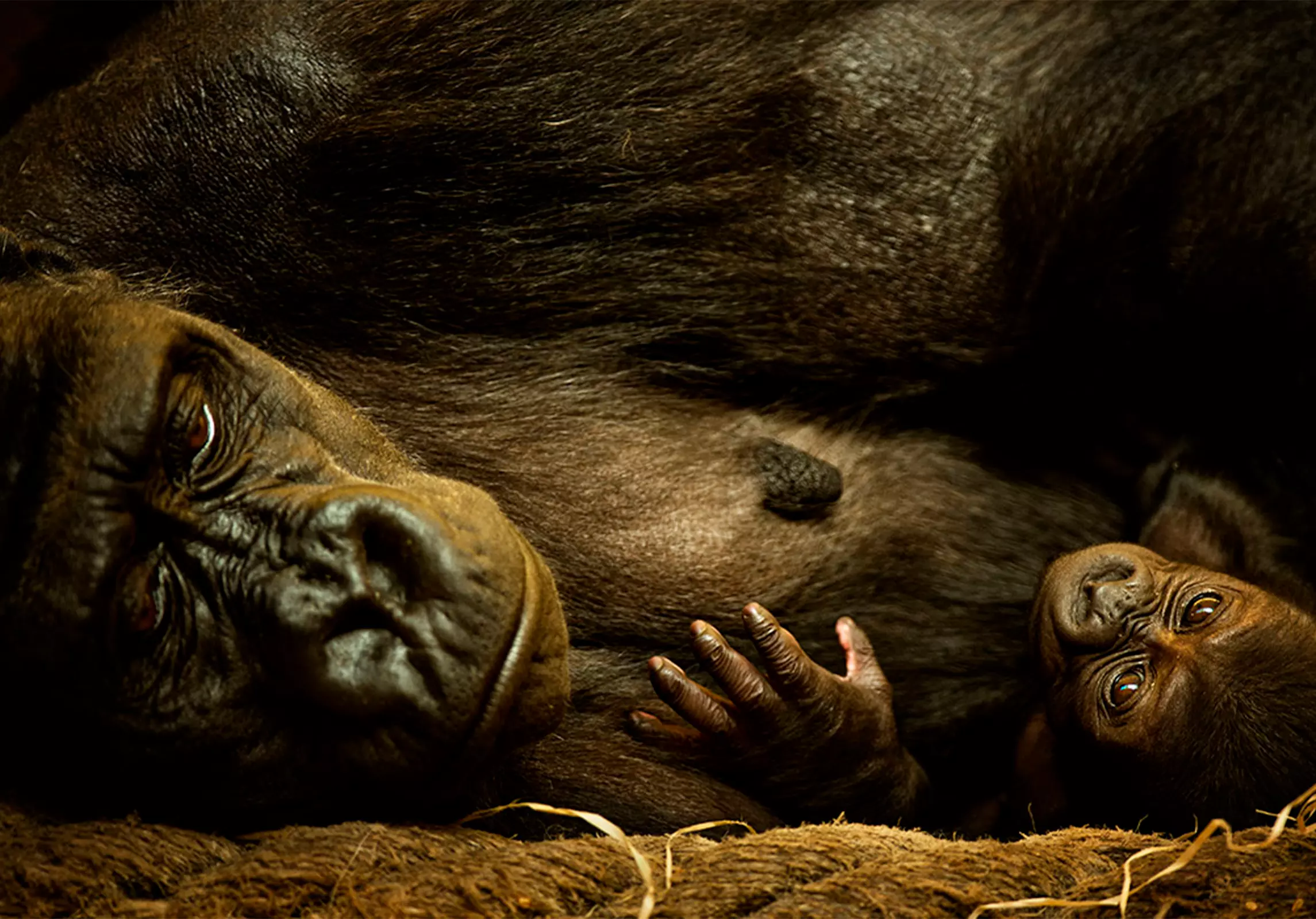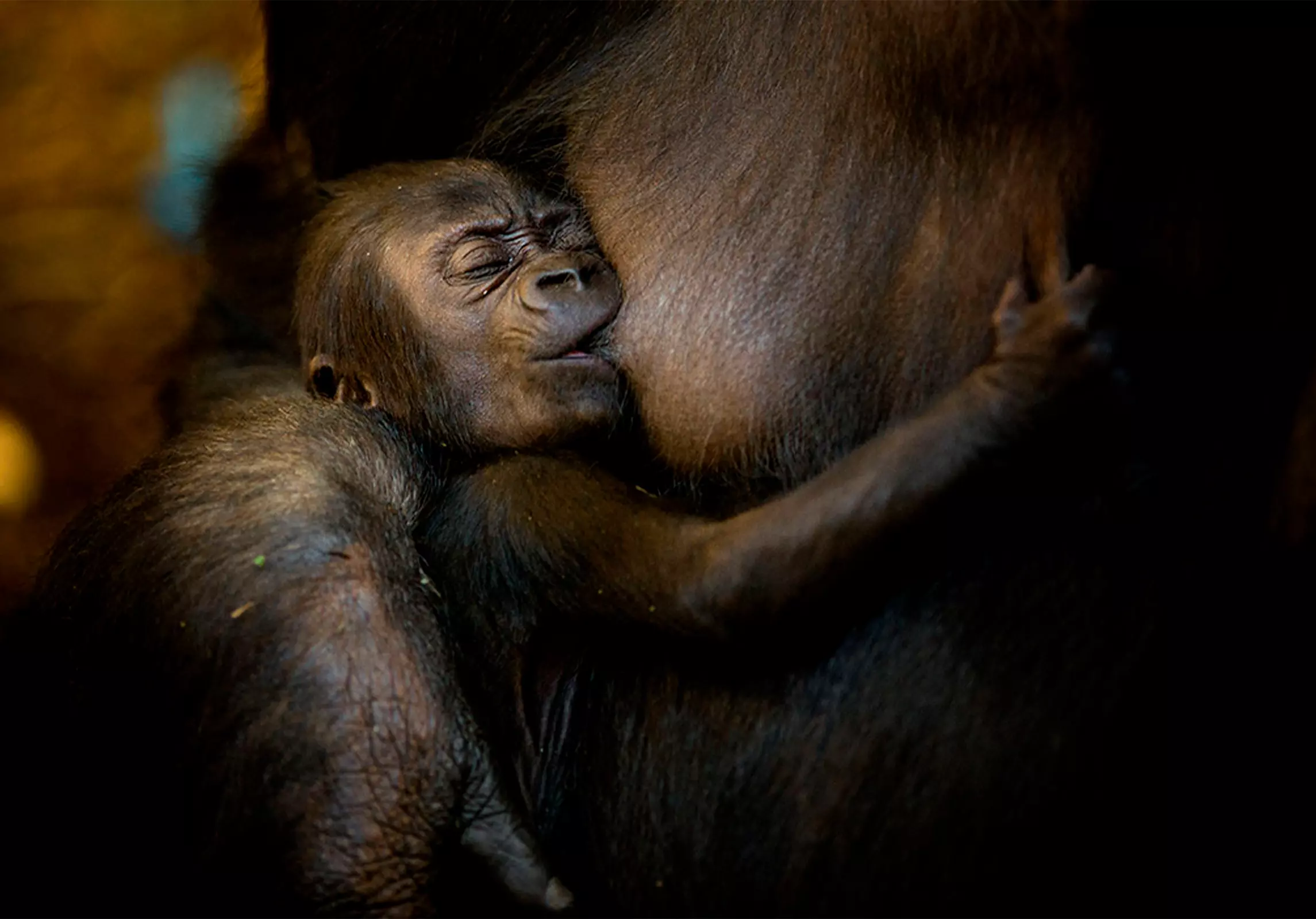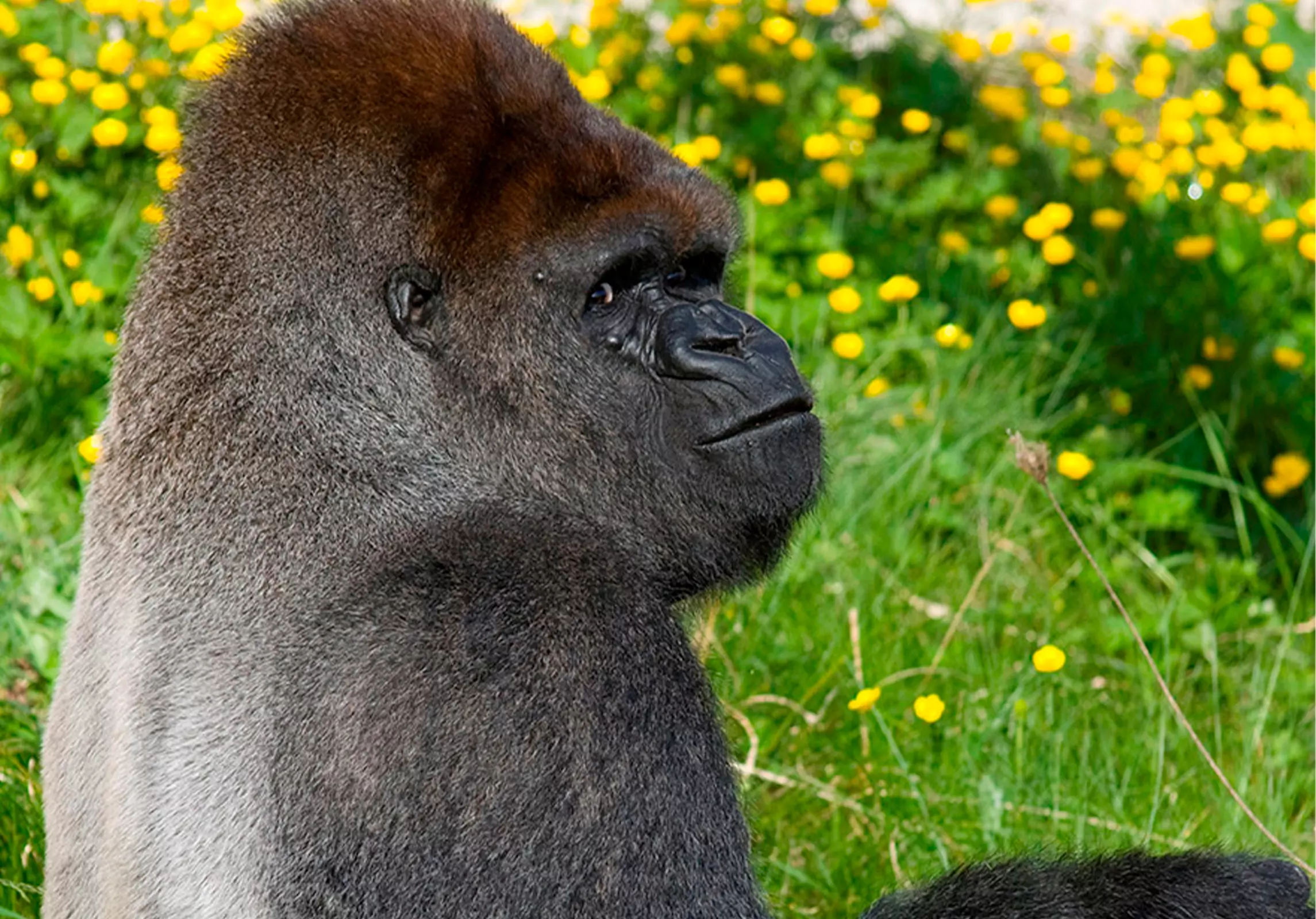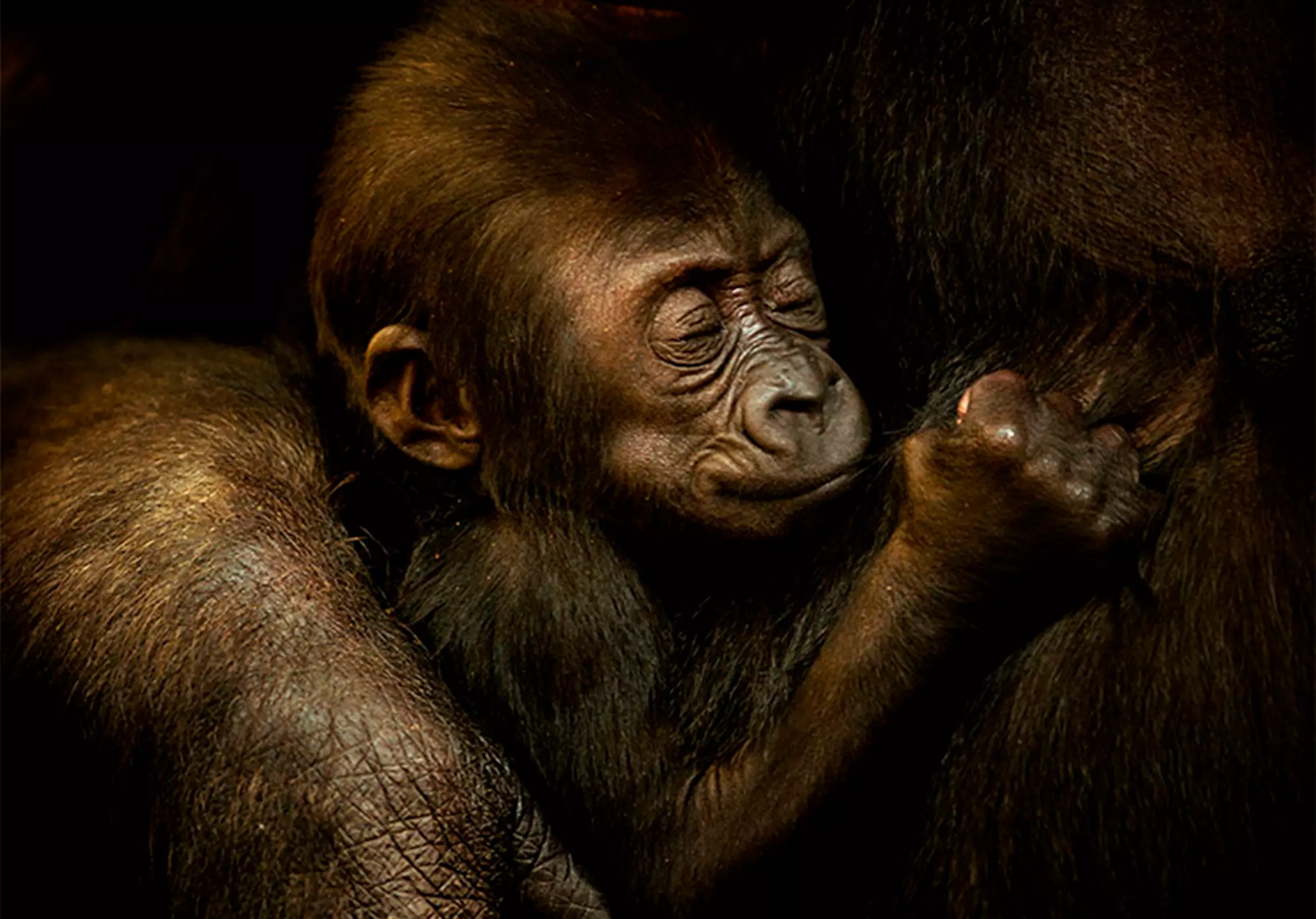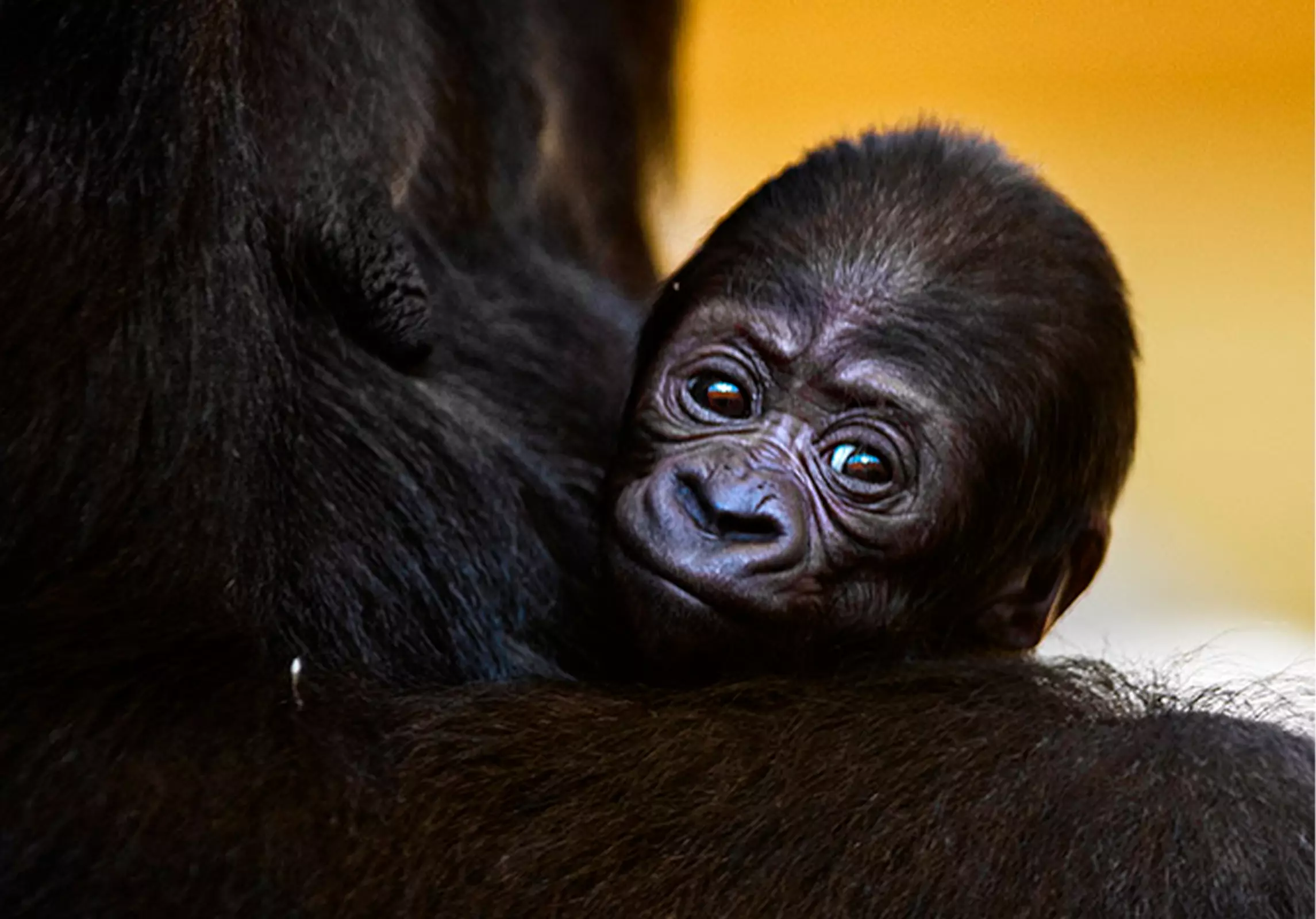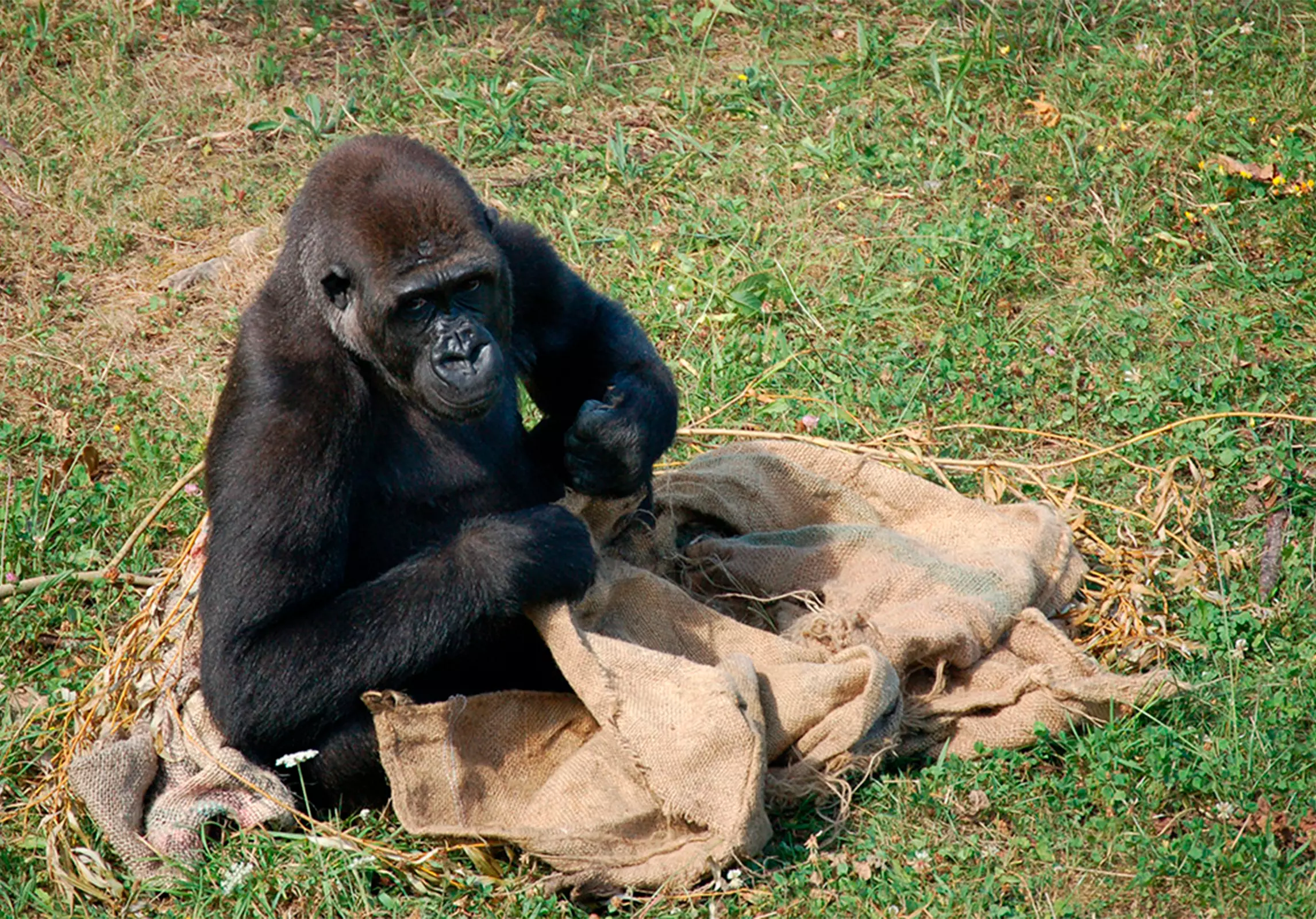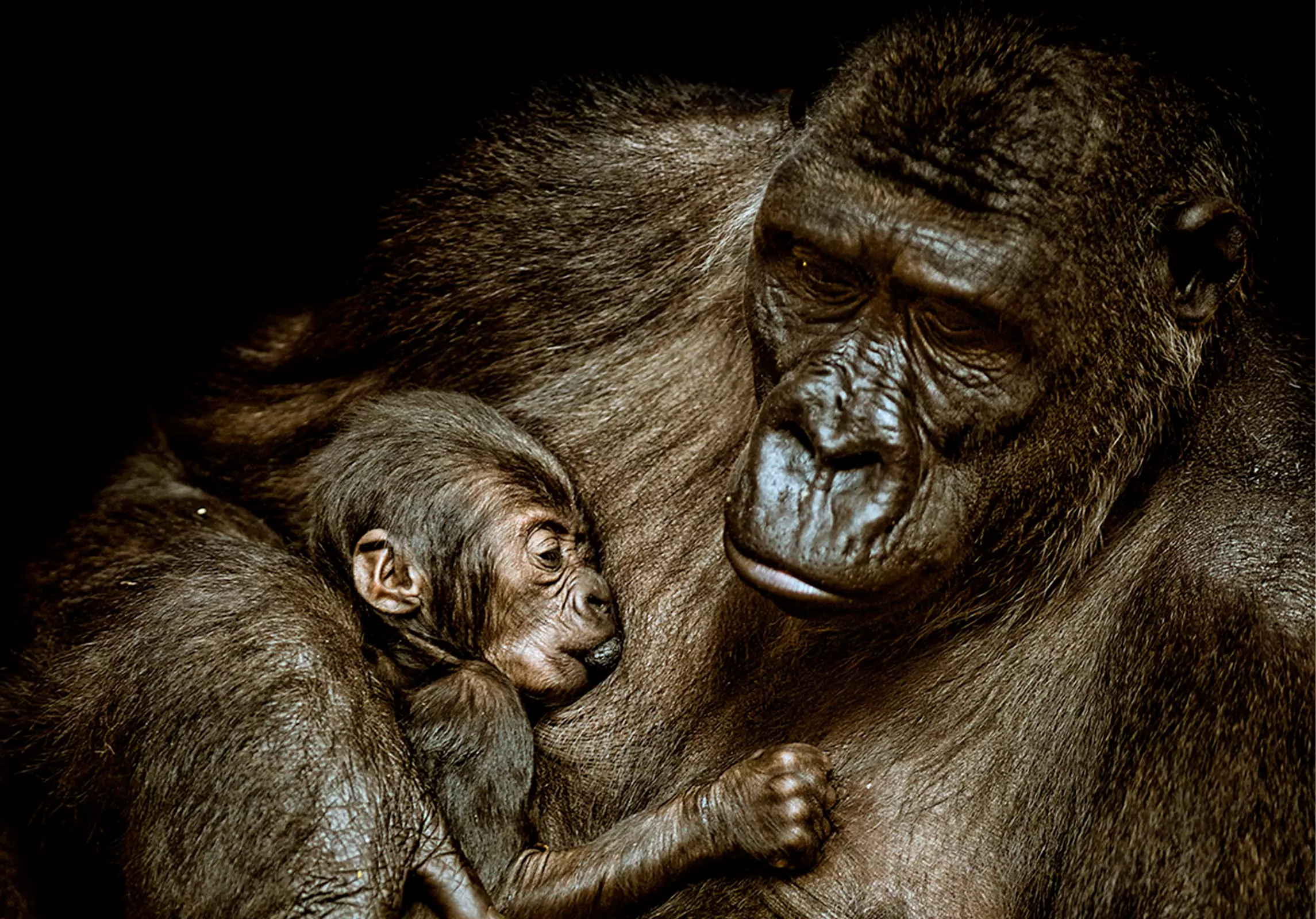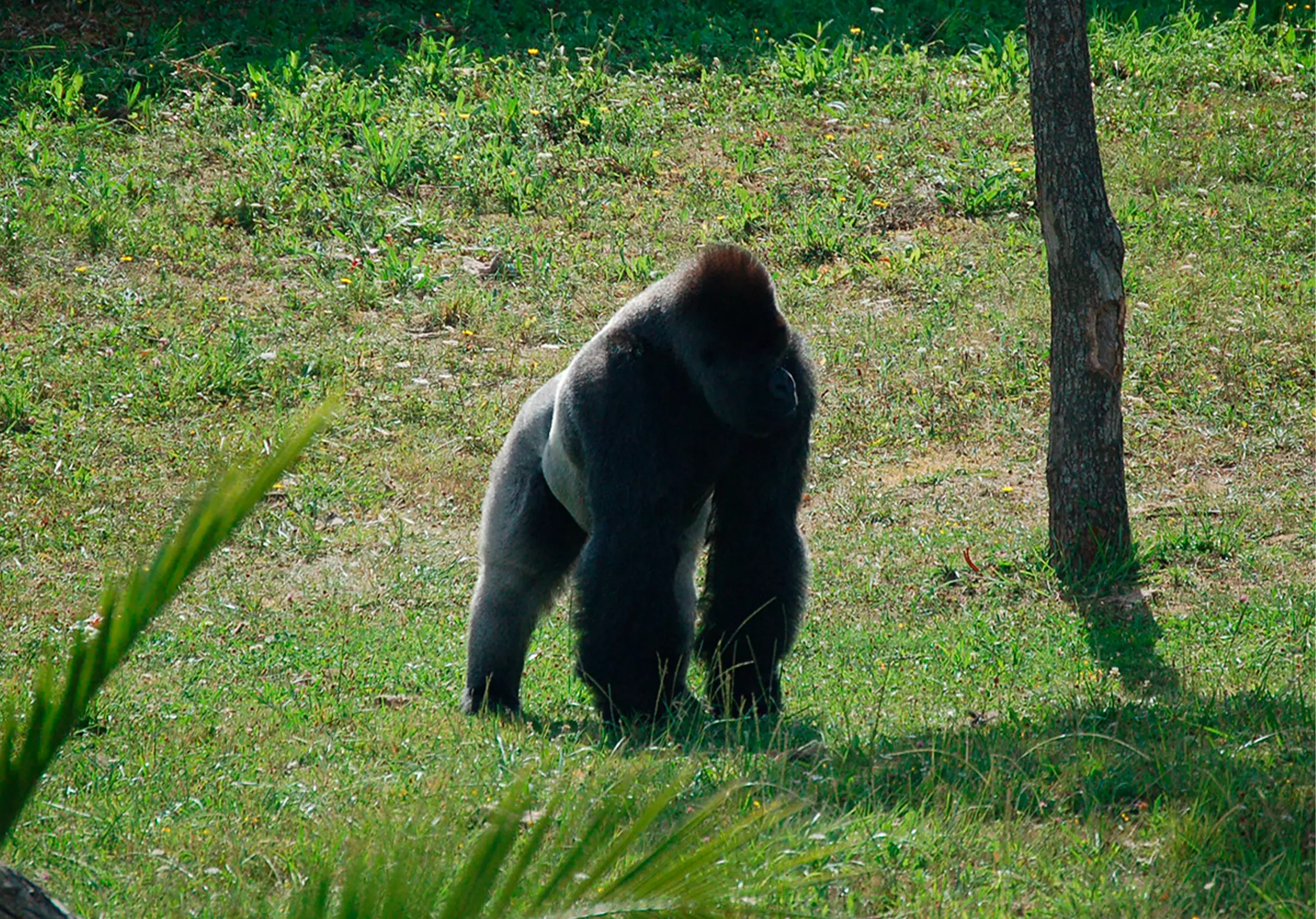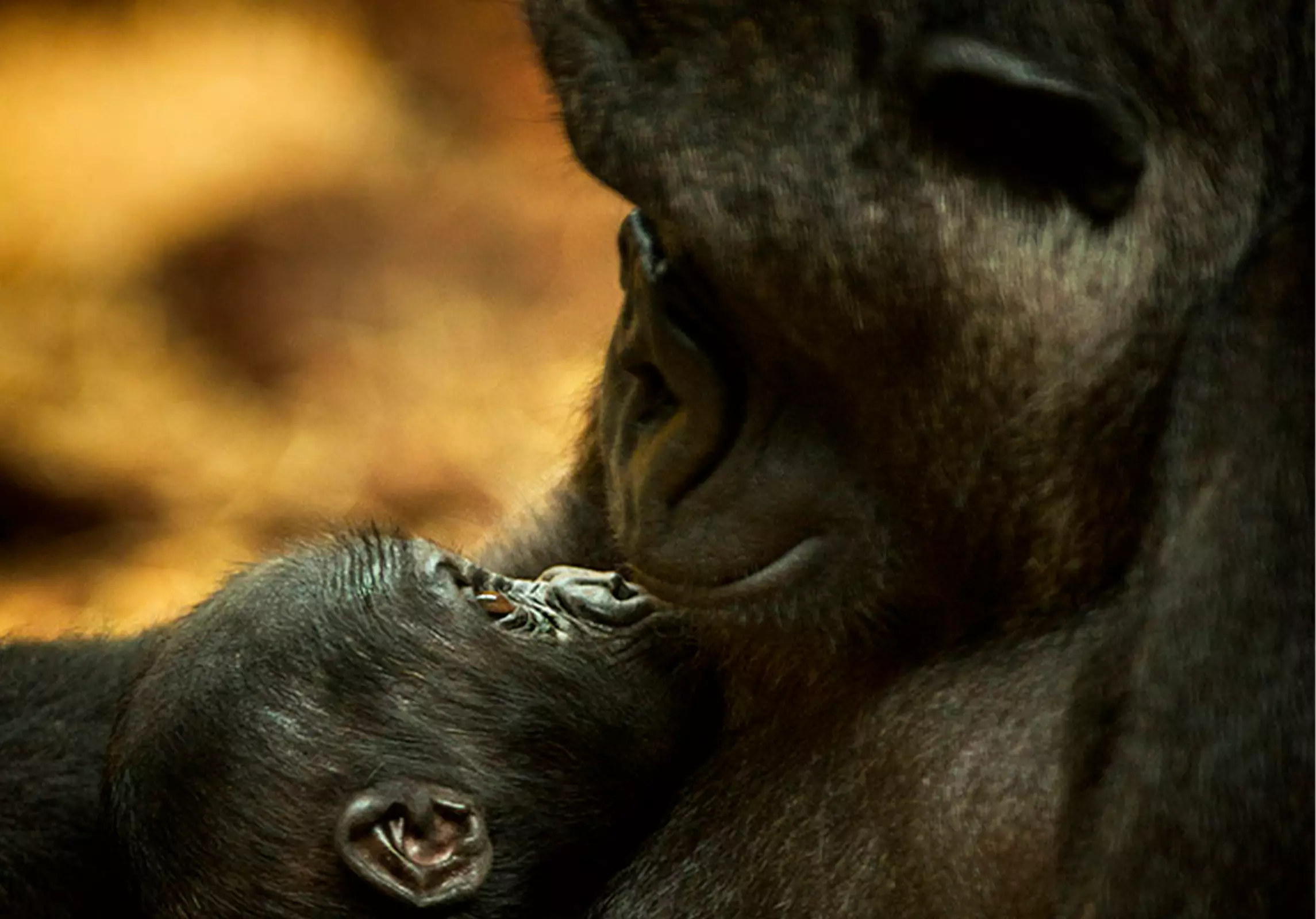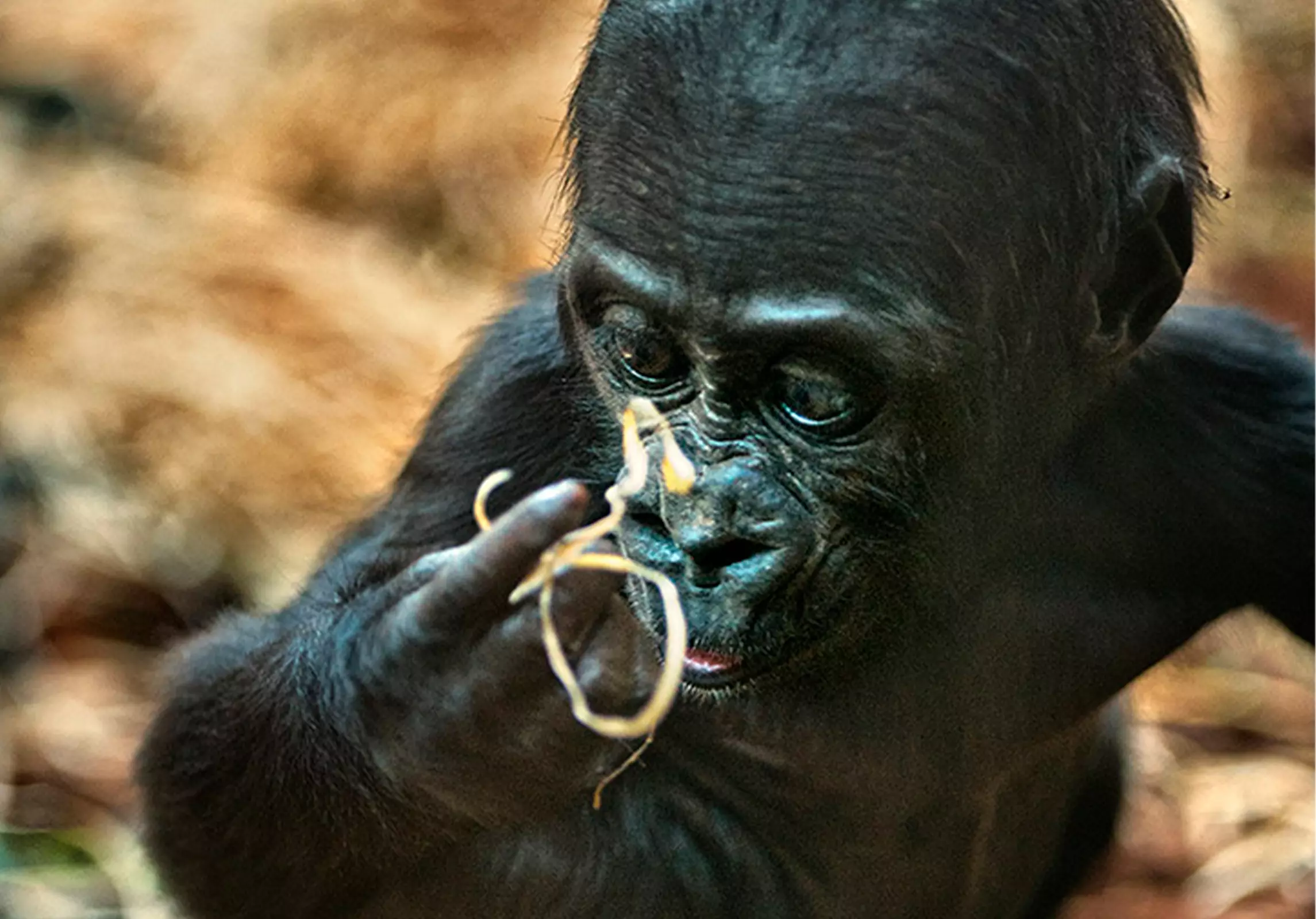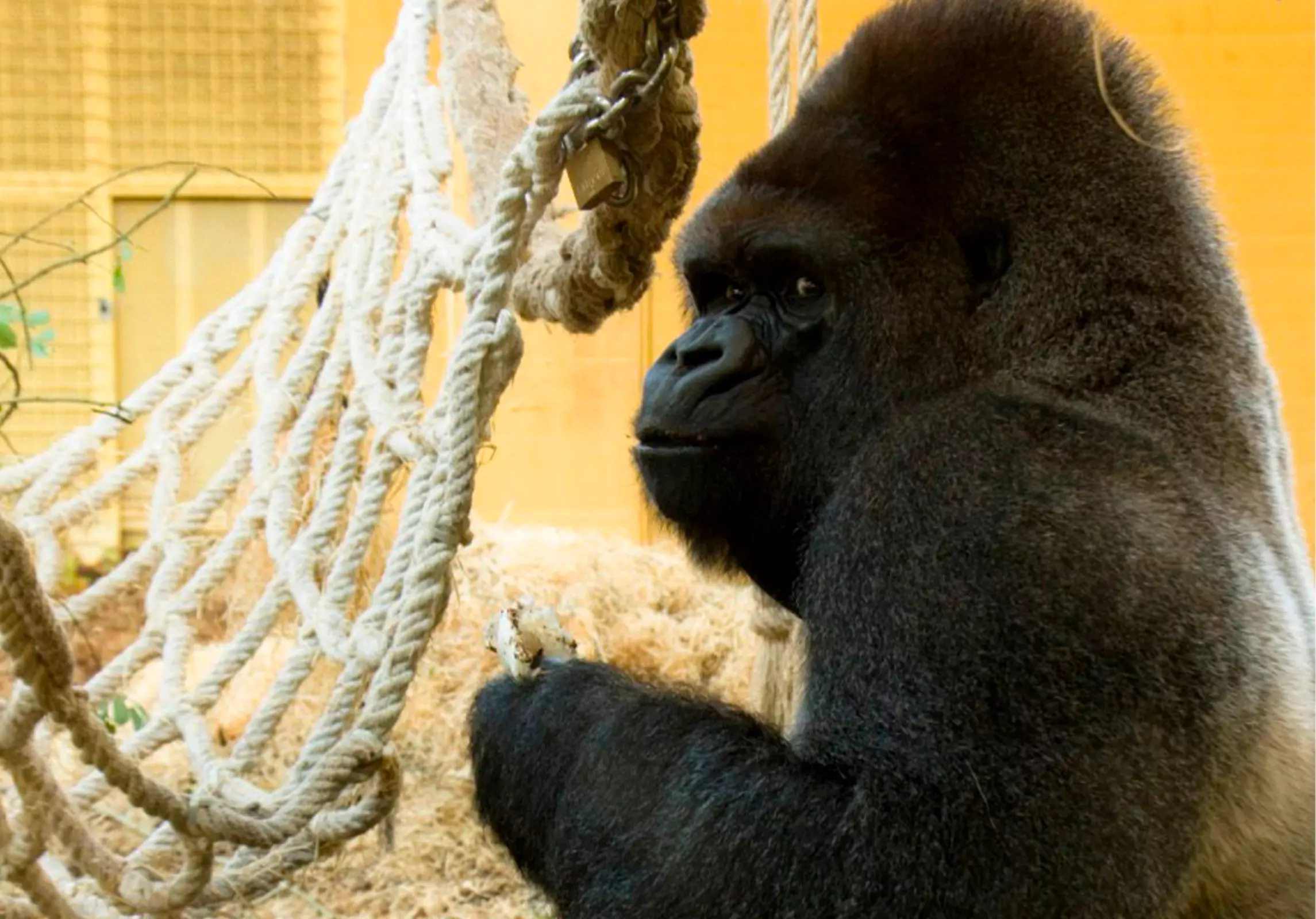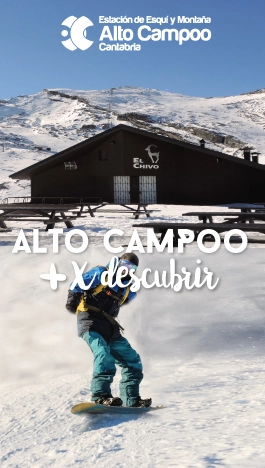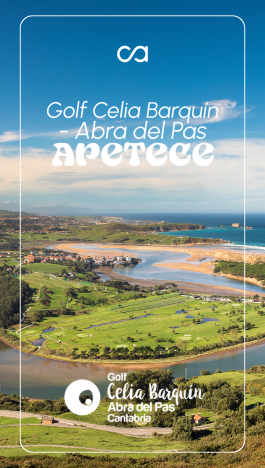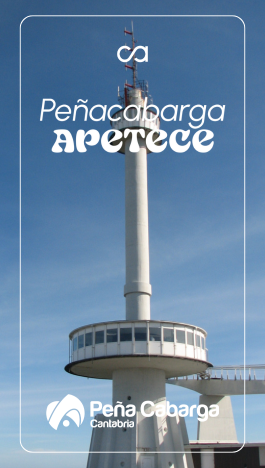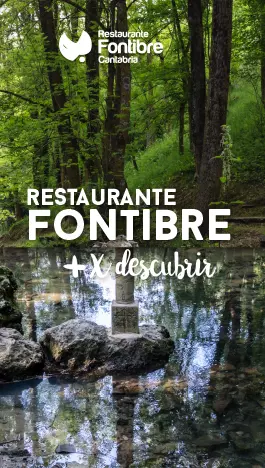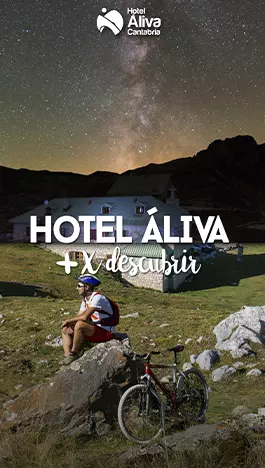
It is the animal most similar to humans. Not only do we share a surprising genetic similarity, but also certain biological traits, such as blood groups. It is the largest and strongest of all apes, but despite its imposing size, it is a peaceful and social being.
They form organized communities with a well-established hierarchy, which allows them harmonious coexistence. The same individuals remain together for months and even years. The group’s leader, generally an imposing silverback male (a name adult males receive due to the white color of their back), receives the attention and respect of the others. The infants, in their first weeks of life, are completely dependent on their mother, who carries them everywhere and feeds them.
Unlike other primates, the gorilla prefers the ground over trees. Its large weight makes it less agile for arboreal life, which is why it builds its nest on solid ground. They spend half the day searching for food and the rest resting. Their fiber-rich diet requires long hours of digestion, so they usually take an afternoon nap. Their sleep cycle is similar to that of humans.
Hygiene is important for gorillas: they clean their eyes, nose, and ears with the same finger, the index or middle finger, groom their nails with their mouth, and rub themselves against trees to scratch and dry themselves.
Cabárceno Park received its first pair of gorillas in 2007, when Nicky and Nadia arrived from the Madrid Zoo. Nicky, an impressive silverback male and father on several occasions, is currently one of the most genetically valuable individuals, in addition to standing out for his reproductive capacity.
Currently, the gorilla family at Cabárceno is composed of Nicky, Chelewa, Moja, Gwet (daughter of Moja and Nicky), Kibwe (son of Chelewa and Nicky), and Xetsa.
The park’s facilities, which cover 14,500 square meters, offer indoor and outdoor spaces that allow gorillas to decide where they prefer to be at any given time. They are among the most modern and spacious in Europe.

